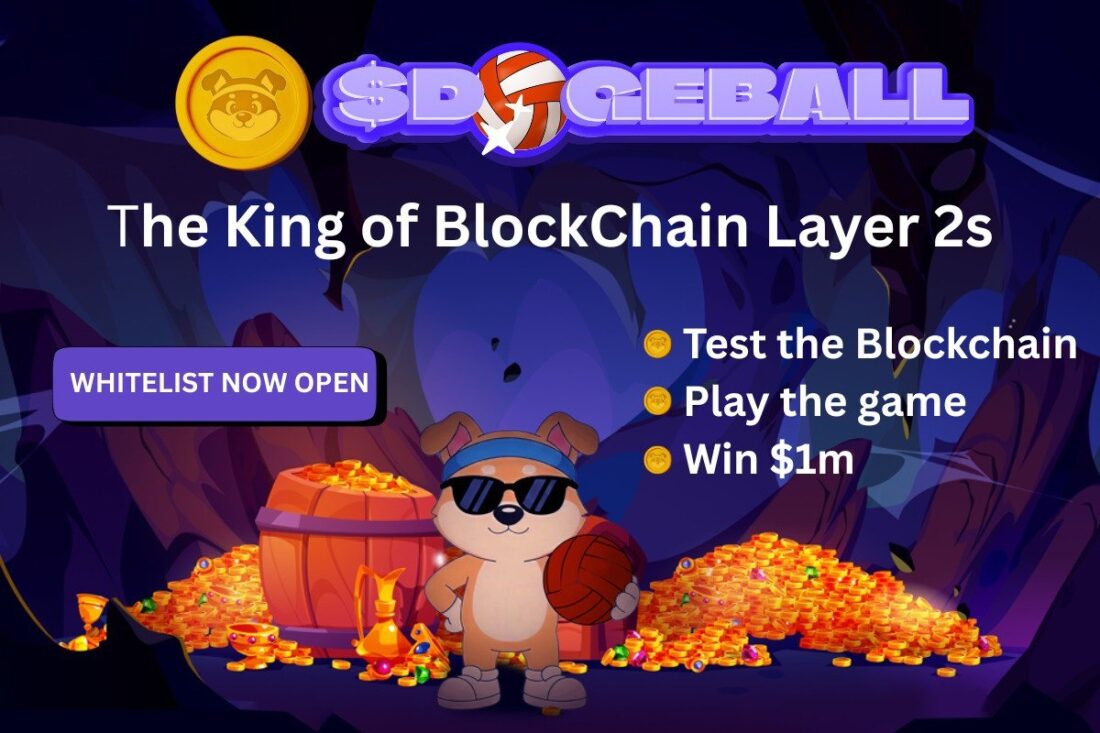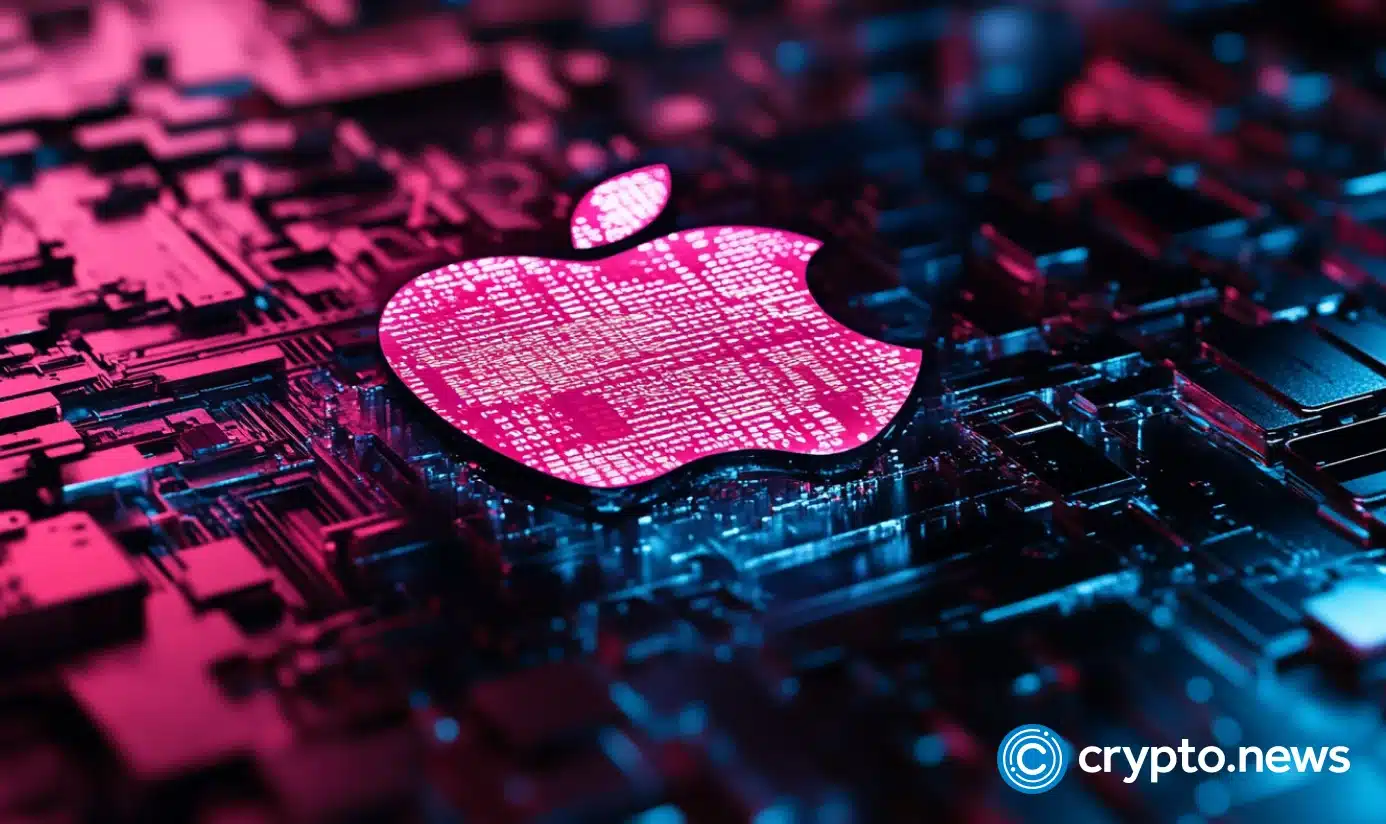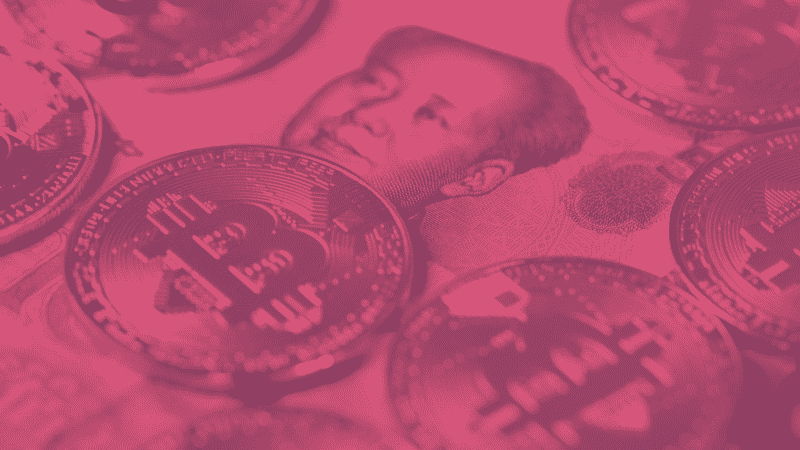2025-12-24 Wednesday
Actualités crypto
Suivez les actualités crypto les plus tendances du marché

Les détenteurs de Pepe ont vu des gains de 1 000x ; DOGEBALL prépare la meilleure crypto à venir pour 2026 avec une prévente de 4 mois
Les marchés crypto récompensent la conviction précoce, pas la certitude tardive. Chaque cycle haussier laisse derrière lui une liste restreinte de pièces dans lesquelles les investisseurs auraient aimé entrer plus tôt. Pepe (PEPE
Partager
Auteur : LiveBitcoinNews2025/12/24 17:37

BinDawood acquiert 51% des parts de Wonder Bakery
Le détaillant d'épicerie saoudien BinDawood Holding (BDH) a acquis une participation de 51 pour cent dans Wonder Bakery, une entreprise alimentaire basée aux EAU, pour 97 millions AED (23 millions de dollars)
Partager
Auteur : Agbi2025/12/24 17:34
Raisons Pour Lesquelles Le Prix De L'Ethereum Va Continuer À Chuter
Sortant du week-end, le prix d'Ethereum avait tenté une autre reprise aux côtés de Bitcoin, mais finalement, la tentative de reprise a de nouveau échoué. En consultant TradingView
Partager
Auteur : NewsBTC2025/12/24 17:30

Buffett réduit sa participation dans Apple alors que Berkshire se tourne vers le pari IA d'Alphabet
Berkshire de Buffett réduit Apple à une pondération de 21 % et constitue une nouvelle participation dans Alphabet, réorientant son exposition technologique vers l'IA, le cloud et la publicité numérique. Warren Buffett
Partager
Auteur : Crypto.news2025/12/24 17:29

L'offre d'USD1 s'étend après le lancement des récompenses de rendement par Binance
USD1 a augmenté son offre de 45 millions de tokens juste après que Binance a annoncé la souscription pour un nouveau produit à rendement de 20%.
Partager
Auteur : Cryptopolitan2025/12/24 17:15

La Fondation Q101 effectuera un Airdrop de jetons Q101 aux actionnaires éligibles de Mynd.ai
SEATTLE, 24 déc. 2025 /PRNewswire/ — Comme annoncé précédemment, la Q101 Foundation (« la Fondation ») établit un partenariat stratégique avec Mynd.ai (NYSE American :
Partager
Auteur : AI Journal2025/12/24 17:00

La prévision du prix de DeepSnitch AI pour 2026 brise les plafonds d'attentes avec une projection explosive de rendements de 100x ou même plus
Les marchés crypto clôturent un trimestre Q4 où les baissiers ont eu la main. Même s'il y a eu une légère […] L'article Prévision du prix de DeepSnitch AI pour 2026
Partager
Auteur : Coindoo2025/12/24 16:56

Les États-Unis prévoient d'imposer des tarifs douaniers sur les importations de semi-conducteurs chinois d'ici juin 2027
TLDR Les États-Unis imposeront des tarifs douaniers sur les importations de semi-conducteurs chinois à partir de juin 2027. La décision tarifaire pourrait affecter le marché chinois des puces et les chaînes d'approvisionnement technologiques mondiales. Cour suprême des États-Unis
Partager
Auteur : Coincentral2025/12/24 16:33

La Russie dévoile un nouveau cadre réglementaire pour les crypto-monnaies destiné aux investisseurs particuliers et qualifiés
La banque centrale de Russie a dévoilé un nouveau cadre pour réglementer les crypto-monnaies au sein de son marché national des actifs numériques, avec une échéance fixée à juillet 2026. Cette
Partager
Auteur : Bitcoinist2025/12/24 16:00

Les rachats de Pump.fun ne parviennent pas à soutenir le prix de PUMP face à la pression de vente des baleines
TLDR Pump.fun a dépensé 218 millions de dollars en rachats d'actions, pourtant PUMP reste en baisse de 80 % par rapport à son sommet historique. Les ventes des baleines ont augmenté, les grands détenteurs réduisant leurs
Partager
Auteur : Coincentral2025/12/24 15:48